The Essential Role of Generative AI in B2B Marketing Strategies

In B2B marketing, the smart utilization of generative AI content tools is becoming a necessity for teams trying to stay ahead of the curve. These tools are revolutionizing how we approach content marketing, bringing efficiency and precision to strategies aimed at high-value accounts.
Getting to the Heart of B2B Marketing Challenges
B2B marketers are intimately familiar with the challenges of reaching a specific, often niche audience. The process requires an intricate understanding of each target account's unique needs and preferences. Traditional methods, while effective, are labor-intensive and time-consuming, demanding extensive research and bespoke content creation for every account. This is where the potential for resource drain peaks, creating a need for more scalable solutions.
Generative AI: The Game-Changer in B2B Content Creation
Generative AI content tools have emerged as powerful resources in this scenario. First, they enable the identification and prioritization of high-potential accounts through data analysis. Then, by crawling these accounts' data, many AI tools are able to learn each target's pain points and interests. This allows the AI to then generate account-specific content that resonates, fosters engagement, and ultimately, drives conversions.
Enhancing Content Distribution and Engagement
Distribution is another area where generative AI seems to be making its mark. Ensuring that the right content reaches the right account at the optimal time is crucial for engagement. Automated distribution facilitated by AI tools ensures a calculated, streamlined flow of personalized content across various channels, from email to social media. This level of precision ensures higher engagement rates, fostering meaningful connections with potential clients.
Measuring Success with AI
One of the perennial challenges in B2B marketing is quantifying the success of marketing campaigns. Luckily many of the generative AI platforms available today are equipped to track key performance metrics such as engagement and conversion rates over time, combatting this challenge and allowing for ongoing campaign optimization.
Embracing the Future of Content Creation
For B2B marketing teams aiming to streamline their content marketing efforts, enhance account targeting, and measure the effectiveness of their strategies more accurately, the integration of generative AI tools is essential. In a landscape where efficiency and precision are key, these platforms are offeringa powerful solution to the complex challenges of B2B marketing. By embracing these intelligent tools, marketers can not only save time and resources but also elevate their content strategies to meet the evolving demands of their target audience, paving the way for sustained growth and success.
Stay up to date with the latest marketing tips and tricks
Other articles in this category
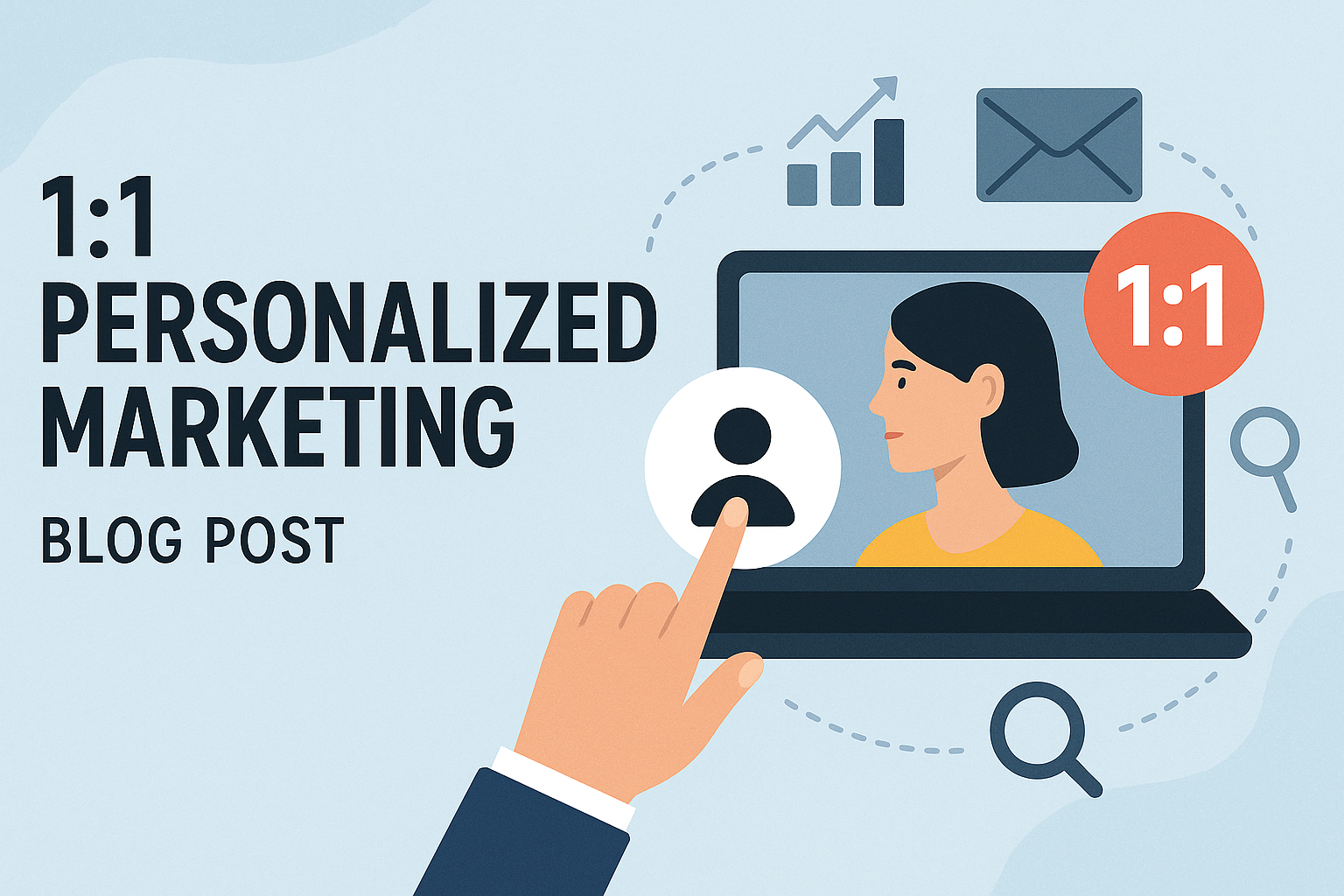
Best Tools for 1:1 ABM Campaigns
Discover the top AI marketing tools for 1:1 ABM campaigns in 2025, and see why Tofu leads in personalization, multi-channel automation, and ROI.Introduction
.svg)
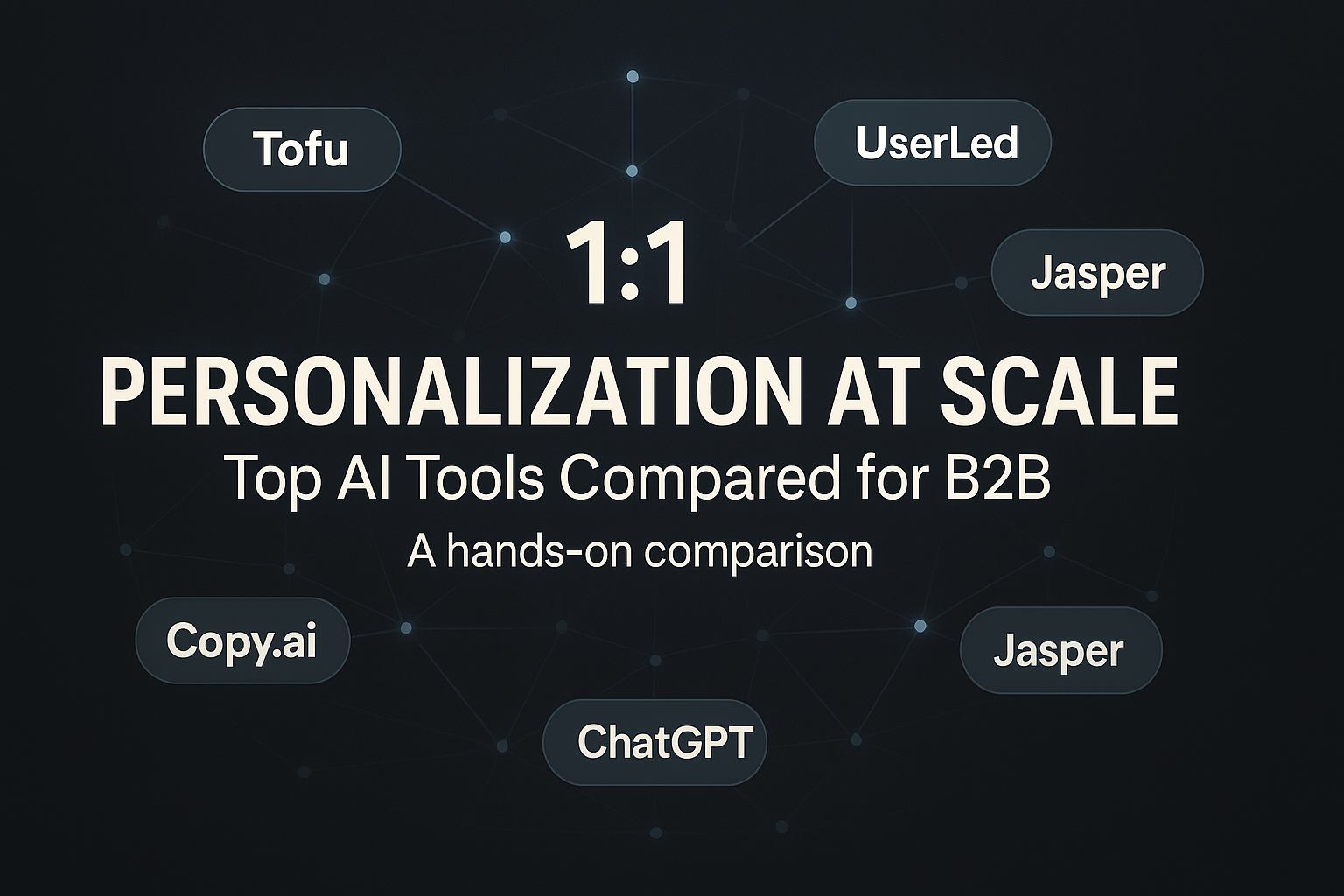
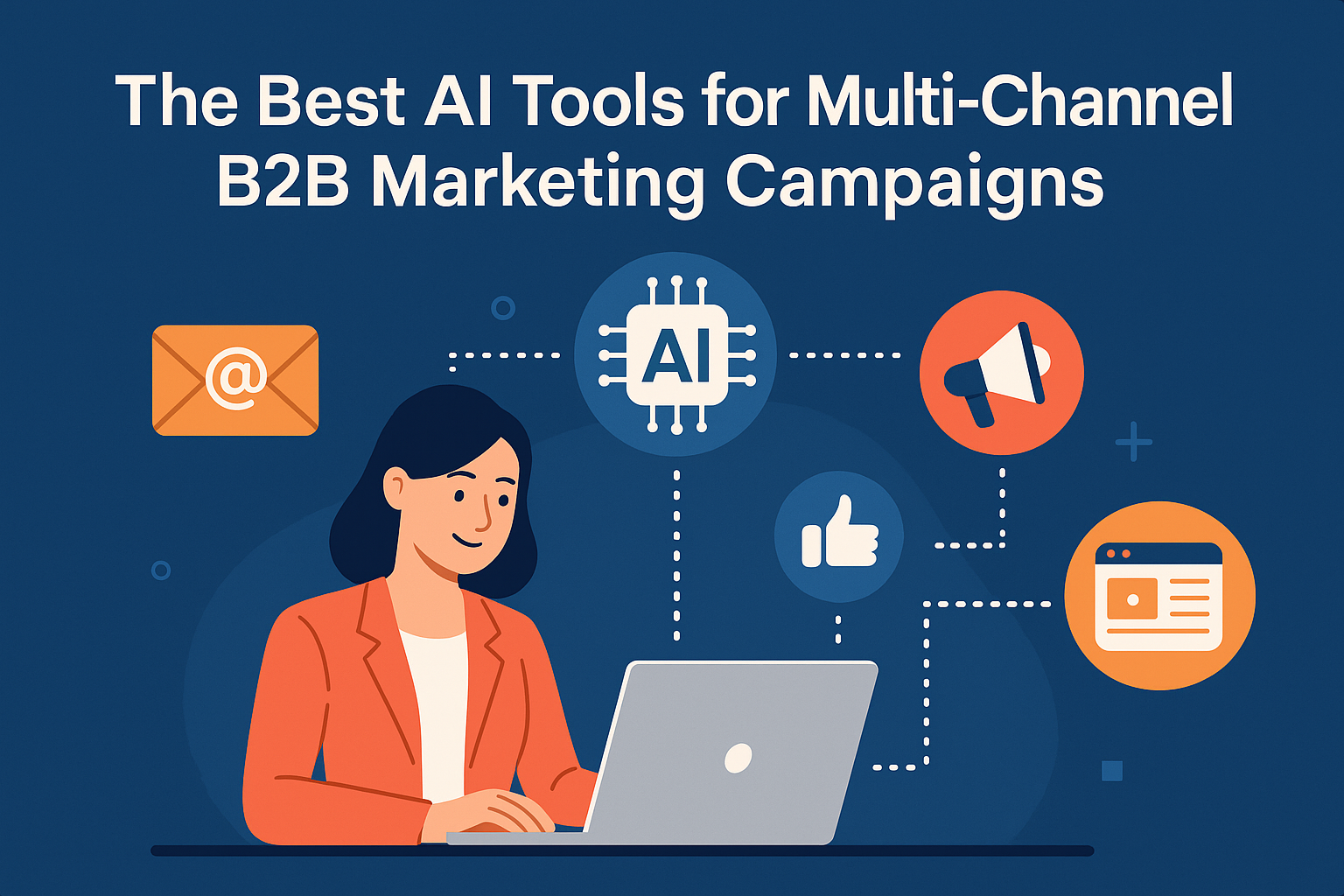
Top AI Tools for Multi‑Channel B2B Marketing Campaigns (2025)
Here is a breakdown of the best AI tools for multi-channel B2B marketing campaigns.
.svg)
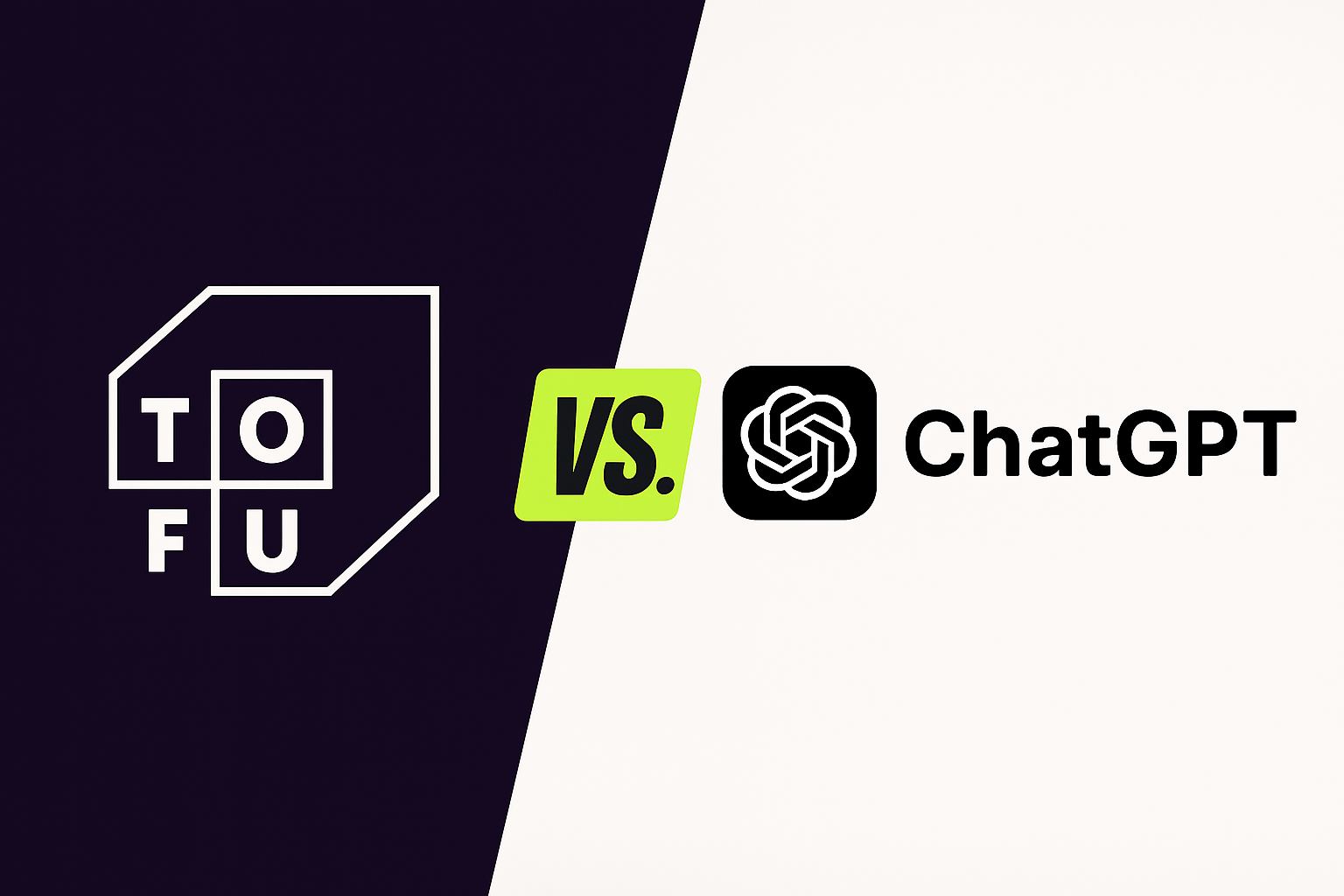
Tofu vs. ChatGPT: Which Should You Use for AI Marketing Campaigns?
For B2B marketers, generative AI is no longer optional—it’s essential. ChatGPT offers broad capabilities at a low cost. Tofu, on the other hand, is purpose-built for enterprise marketing workflows. Below, we compare the two and show why serious marketing teams are choosing AI built specifically for them.
.svg)
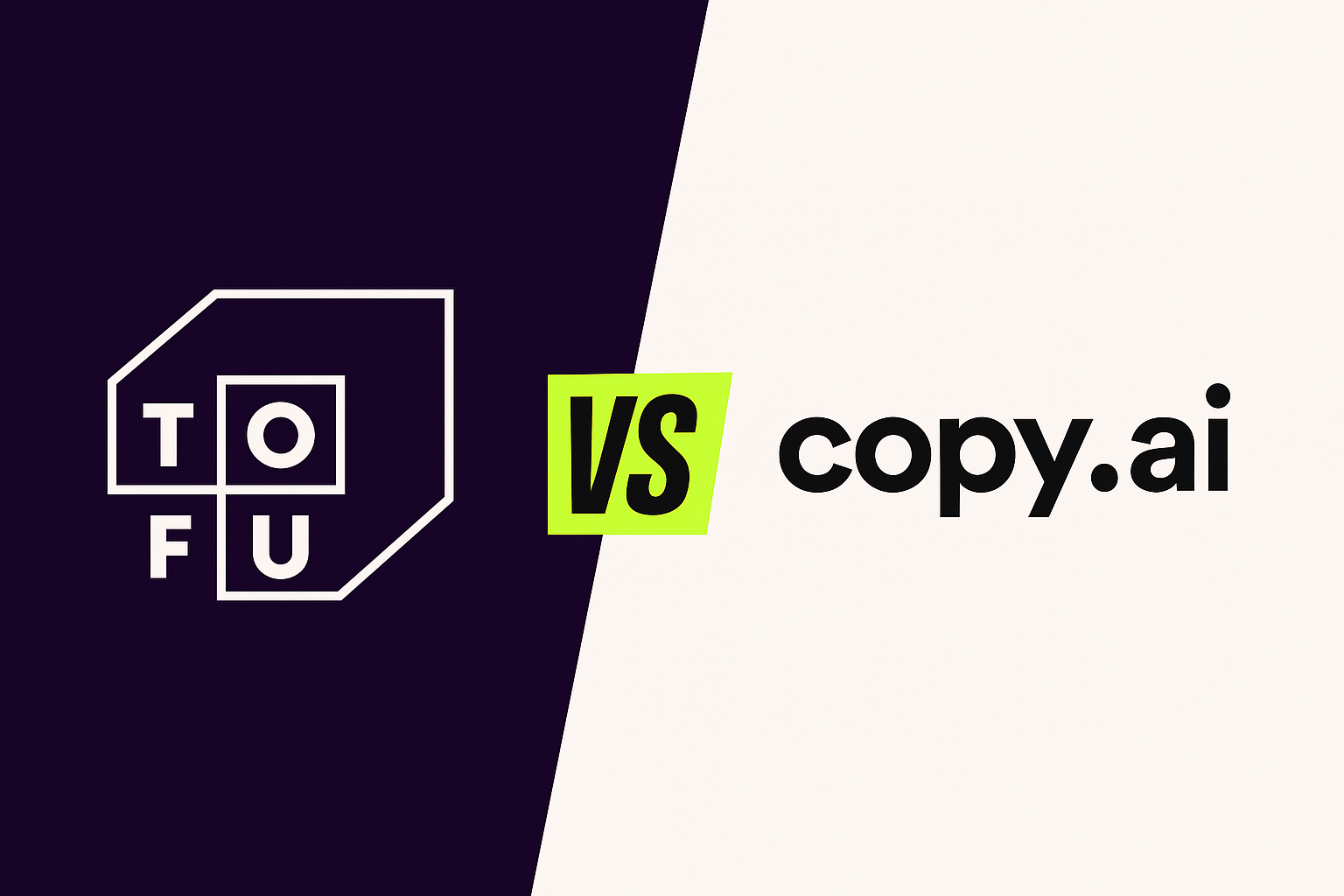
Tofu vs. Copy.ai: Which AI Marketing Platform Comes Out on Top?
Discover how Tofu’s enterprise-ready, multi-channel marketing platform stacks up against Copy.ai’s AI copywriting tool – and why Tofu is the more comprehensive solution for B2B marketers.
.svg)
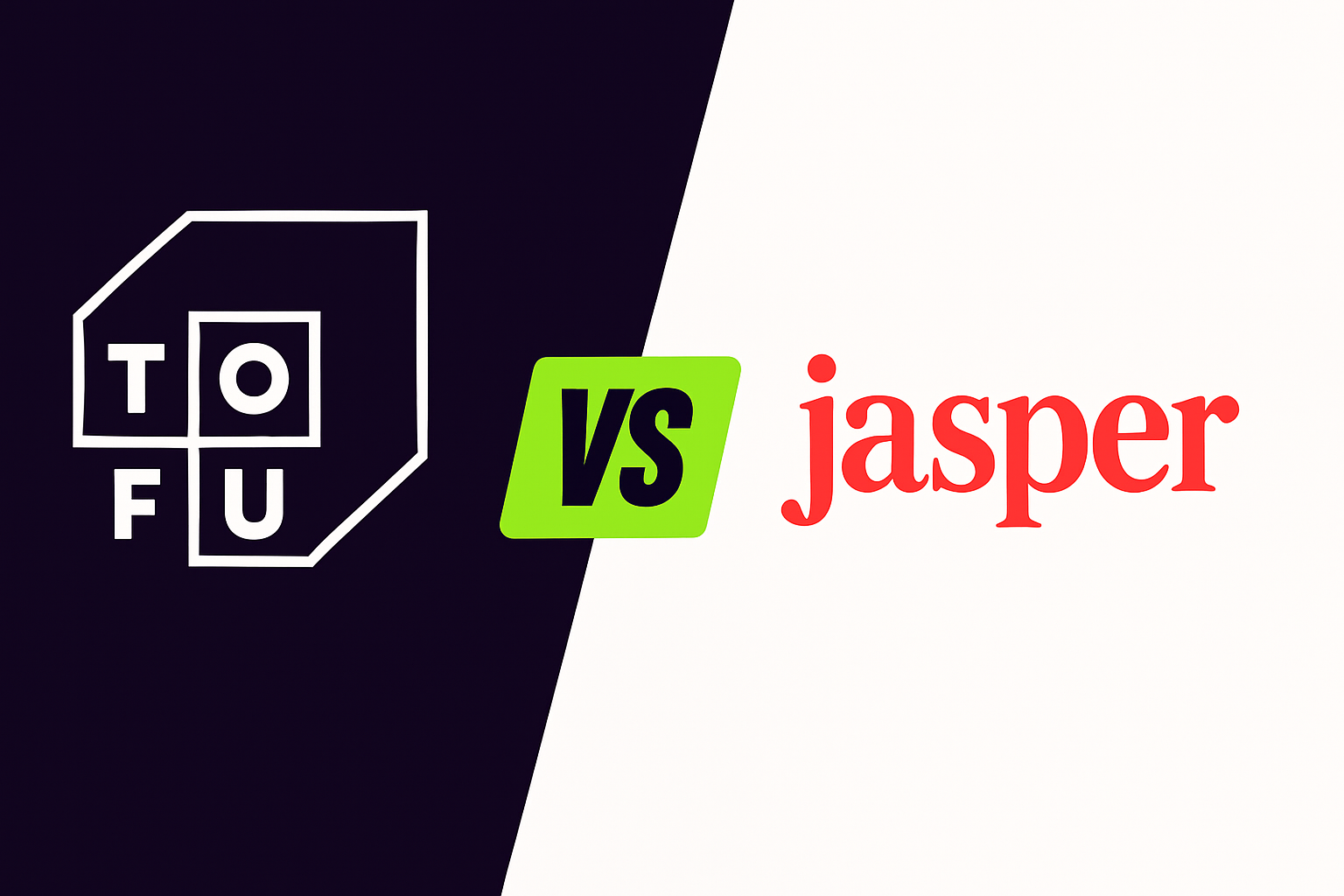
Tofu vs. Jasper: Which AI Marketing Tool is Best?
Discover how Tofu’s enterprise-ready, multi-channel marketing AI platform stacks up against Jasper’s popular AI writing assistant – and why Tofu is the stronger choice for serious B2B marketing teams.
.svg)
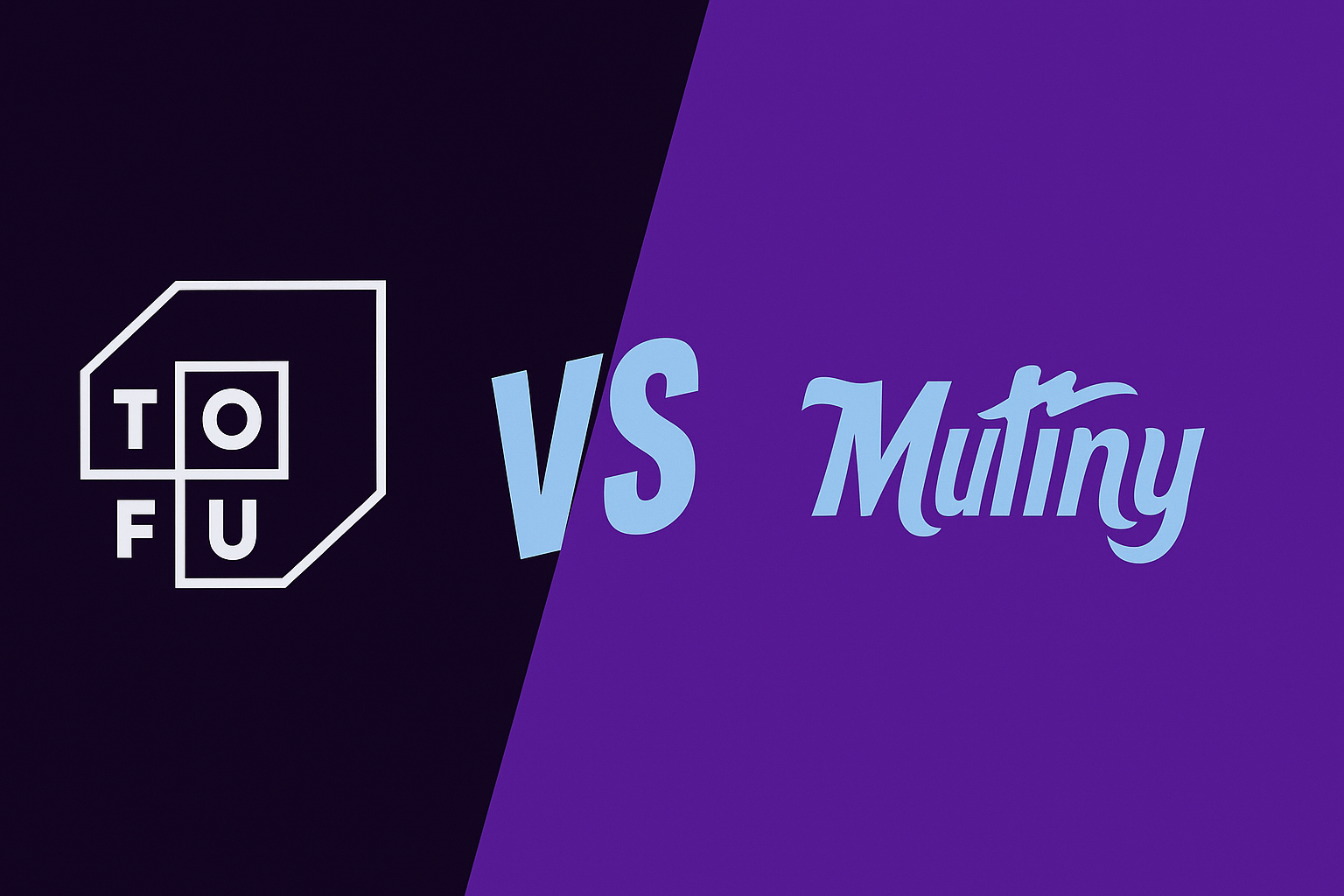
Tofu vs. Mutiny: Which is Best for ABM Campaigns?
Tofu vs Mutiny: Which ABM platform comes out on top? Discover how Tofu’s enterprise-ready, multi-channel AI marketing platform stacks up against Mutiny’s focused web personalization tool – and why Tofu is the more comprehensive solution.
.svg)
.png)
Tofu vs. UserLed: Which ABM Platform Should You Use?
Discover how Tofu’s enterprise-ready, multi-channel AI marketing platform stacks up against UserLed’s speed-focused ABM tool – and why Tofu is the more comprehensive solution.
.svg)

Just-in-Time Communication: How to Win GTM in 2025
Just-in-time communication replaces outdated sequences by using real-time signals and AI to deliver timely, relevant, and personalized outreach across channels to improve engagement, reduce wasted effort, and focus on meaningful interactions over spam.
.svg)
Want to give tofu A try?
Request a custom demo to see how Tofu can supercharge your GTM efforts.
ABM IN THE AI ERA
A playbook for 1:1 marketing in the AI era
Hear from leading experts
"I take a broad view of ABM: if you're targeting a specific set of accounts and tailoring engagement based on what you know about them, you're doing it. But most teams are stuck in the old loop: Sales hands Marketing a list, Marketing runs ads, and any response is treated as intent."

"ABM has always been just good marketing. It starts with clarity on your ICP and ends with driving revenue. But the way we get from A to B has changed dramatically."
.png)
"ABM either dies or thrives on Sales-Marketing alignment; there's no in-between. When Marketing runs plays on specific accounts or contacts and Sales isn't doing complementary outreach, the whole thing falls short."

"In our research at 6sense, few marketers view ABM as critical to hitting revenue goals this year. But that's not because ABM doesn't work; it's because most teams haven't implemented it well."
.png)
"To me, ABM isn't a campaign; it's a go-to-market operating model. It starts with cross-functional planning: mapping revenue targets, territories, and board priorities."

"With AI, we can personalize not just by account, but by segment, by buying group, and even by individual. That level of precision just wasn't possible a few years ago."
%201%20(1).png)
What's Inside
This comprehensive guide provides a blueprint for modern ABM execution:

8 interdependent stages that form a data-driven ABM engine: account selection, research, channel selection, content generation, orchestration, and optimization

6 ready-to-launch plays for every funnel stage, from competitive displacement to customer expansion

Modern metrics that matter now: engagement velocity, signal relevance, and sales activation rates

Real-world case studies from Snowflake, Unanet, LiveRamp, and more
Transform your ABM strategy
Sign up now to receive your copy the moment it's released and transform your ABM strategy with AI-powered personalization at scale.
Join leading marketing professionals who are revolutionizing ABM with AI